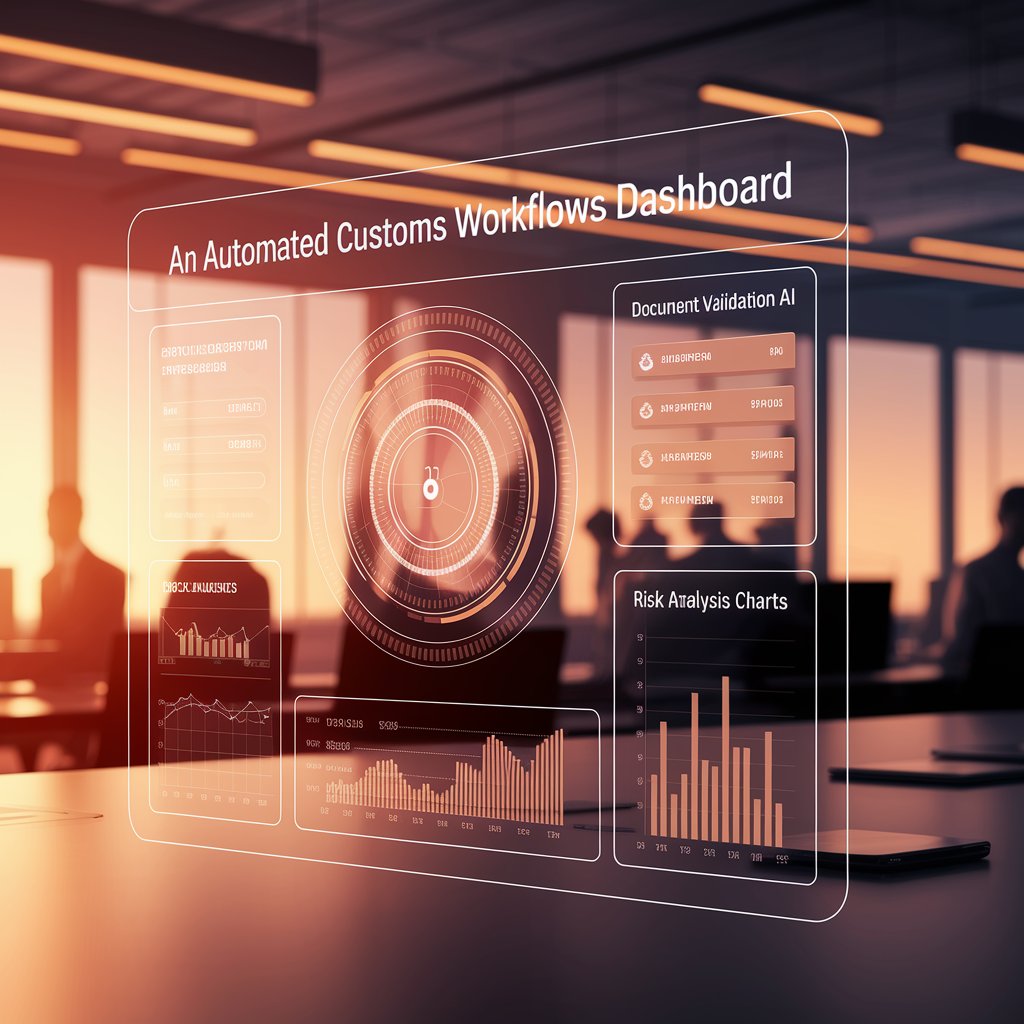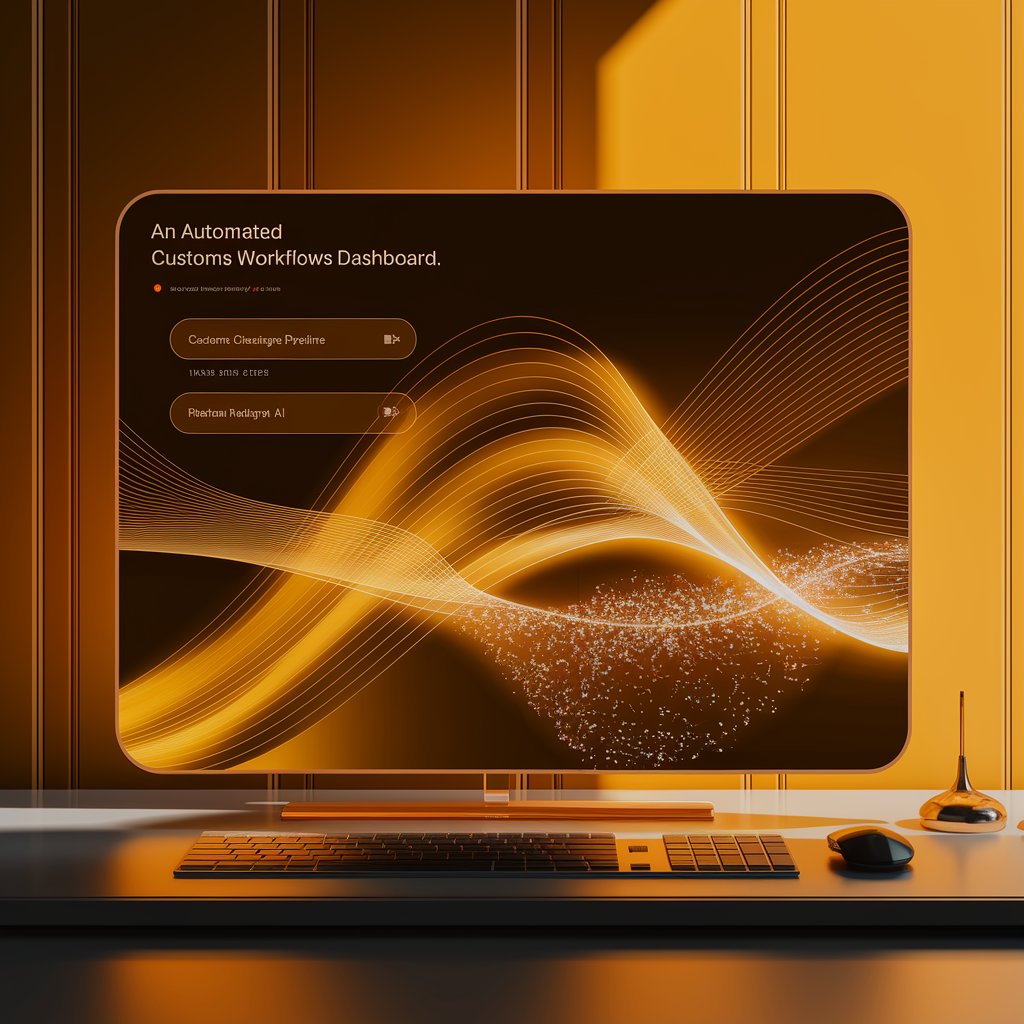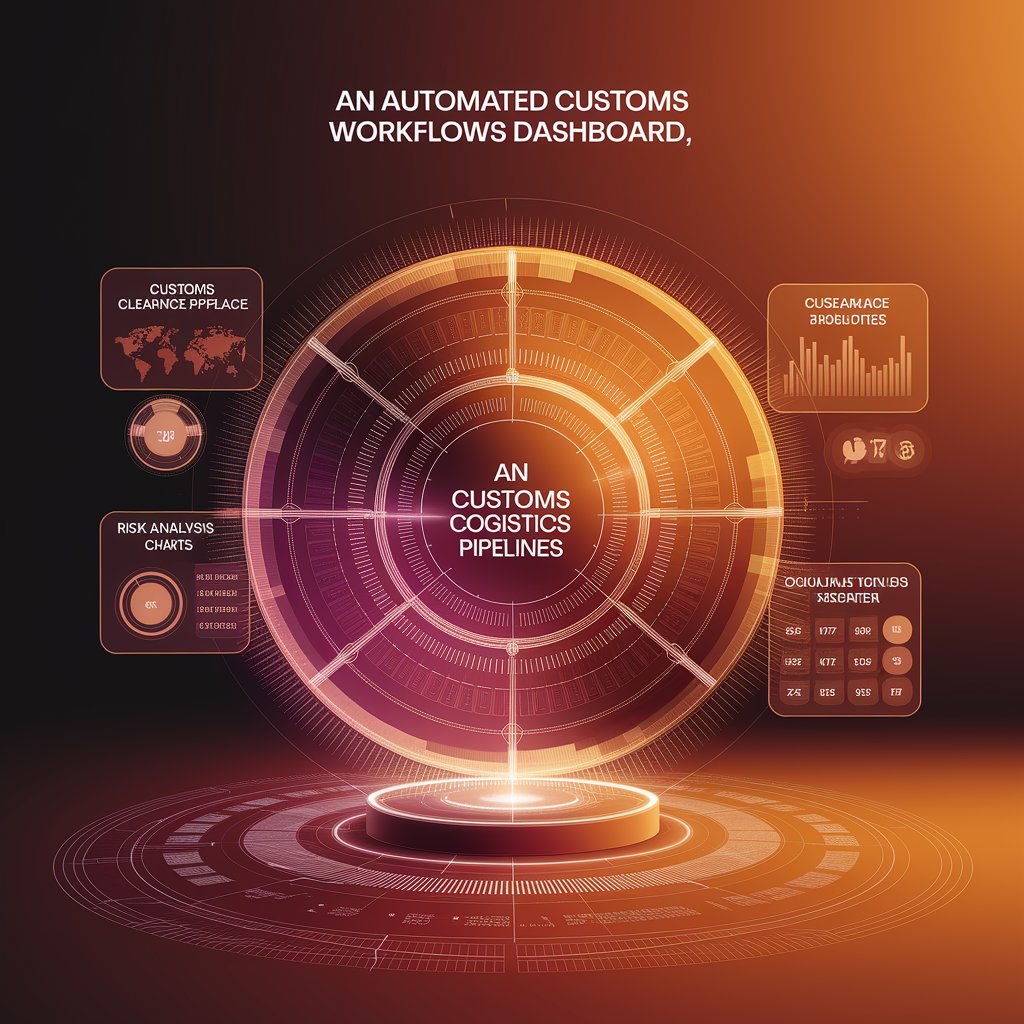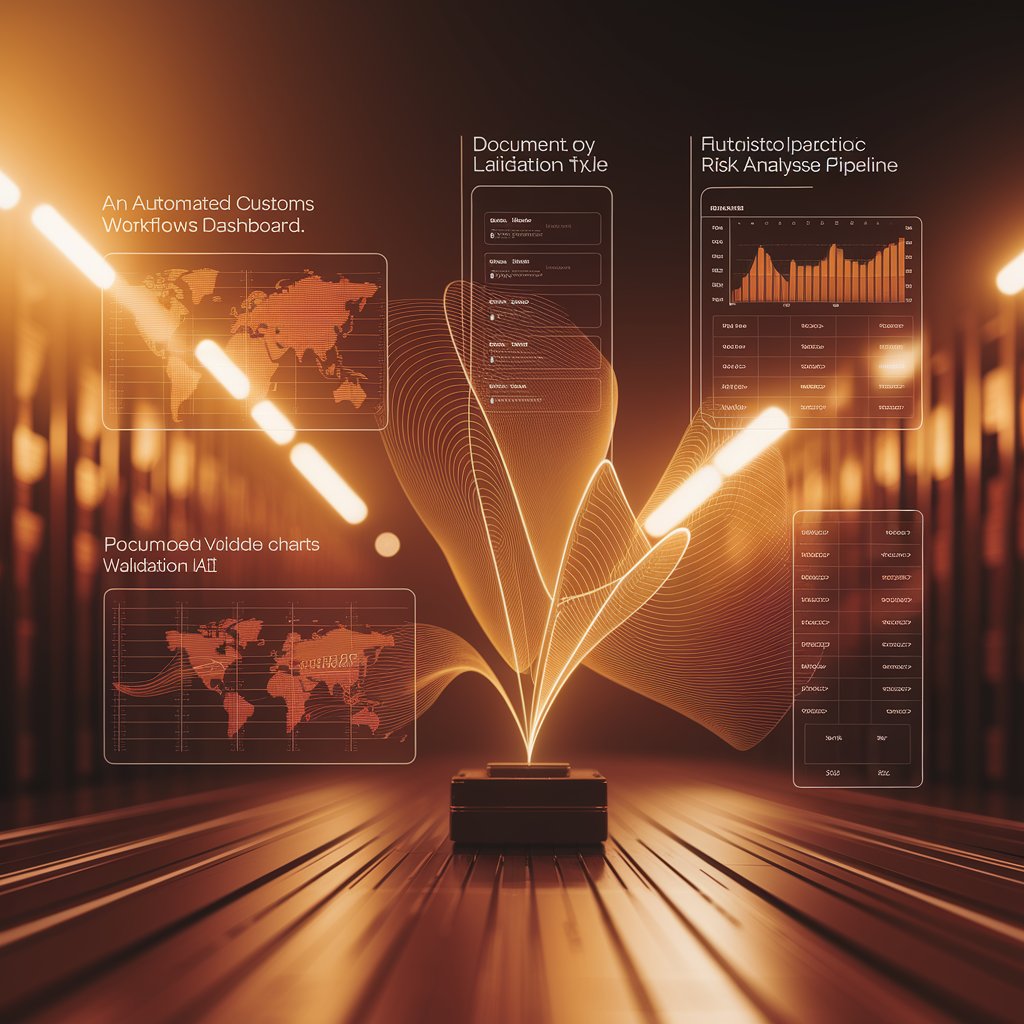Automated Customs Workflows: Streamlining Global Trade with Linbis
Every shipment crosses multiple borders, each with unique documentation, regulations, and compliance rules.
Manual processing leads to delays, fines, and costly inefficiencies.

Introduction
Linbis transforms this challenge into an advantage with automated customs workflows — a fully digital, AI-driven system that streamlines every step of customs operations.
From electronic declarations to real-time compliance checks, Linbis helps freight forwarders, brokers, and shippers move cargo faster, smarter, and without error.
Step 1: Centralized Customs Data Management
Linbis begins by integrating all customs-related data into one unified platform:
- Invoices, packing lists, and certificates of origin.
- Tariff codes (HS), product descriptions, and quantities.
- Carrier, consignee, and shipment details.
- Regulatory and compliance documents per destination.
This single data repository ensures that every document is synced and error-free — eliminating redundant manual input across multiple systems.
Step 2: Automated Document Validation
Before any customs submission, Linbis uses AI-powered validation to detect inconsistencies and missing information:
- Checks tariff classifications (HS codes) automatically.
- Verifies values, weights, and product descriptions.
- Cross-validates against country-specific trade regulations.
- Highlights compliance risks for user review before submission.
This ensures every document passes inspection the first time — saving time and avoiding penalties.
Step 3: E-Customs Declaration Submission
Linbis integrates directly with electronic customs portals and EDI gateways to submit documents automatically:
- Generates electronic declarations from your shipment data.
- Transmits all information securely to customs authorities.
- Receives clearance statuses and reference numbers in real time.
- Updates your TMS or ERP instantly once clearance is approved.
No more email submissions or PDF uploads — the entire process runs digitally, end-to-end.

Step 4: Automated Workflow Triggers
Each customs event in Linbis triggers a set of automated actions:
- Customs cleared → Notify client and release cargo.
- Inspection required → Alert operations team with next steps.
- Duties calculated → Generate and send digital invoice automatically.
- Delayed clearance → Flag for escalation or alternate routing.
These smart workflows replace manual coordination, accelerating shipment release cycles.
Step 5: Real-Time Customs Tracking and Status Updates
Through integrated APIs, Linbis offers real-time visibility on every customs milestone:
- Declaration submission → Acknowledgment → Review → Release.
- Customs inspection events and audit notifications.
- Automatic ETA adjustments post-clearance.
- Centralized dashboard for global customs visibility.
Every stakeholder — from broker to client — can track customs progress live.
Step 6: AI-Powered Risk Analysis and Compliance Forecasting
Linbis AI engine analyzes customs data over time to identify trends and prevent issues:
- Predicts potential delays at specific ports or countries.
- Flags high-risk commodities based on past inspection patterns.
- Monitors duty and tax fluctuations by region.
- Suggests optimized routing or timing to reduce clearance time.
This proactive intelligence lets companies plan strategically for smooth international operations.
Step 7: Continuous Learning and Process Optimization
Every customs cycle teaches Linbis to perform better:
- Learns from previous declarations and inspection results.
- Suggests workflow improvements and automation rules.
- Adapts to new customs regulations or trade agreements.
- Keeps all templates and forms updated automatically.
Linbis doesn’t just automate — it evolves with global trade.

Advanced Features
- E-customs connectivity via EDI and API.
- AI-based document validation and risk prediction.
- Real-time customs clearance tracking.
- Automated billing and client notifications.
- Continuous compliance updates.
Real-World Example 🌍
A logistics company managing imports from Asia to North America implemented Linbis automated customs workflows to eliminate manual declaration tasks.
After 3 months:
- Clearance time reduced by 42%.
- Manual data entry dropped by 85%.
- Compliance accuracy improved to 99.5%.
- Client notifications automated for 100% of shipments.
The result: faster deliveries, zero fines, and full transparency across borders.

Benefits 📈
- Speed: Accelerate customs clearance with automated workflows.
- Accuracy: Eliminate human errors through AI validation.
- Compliance: Always stay up to date with global regulations.
- Visibility: Monitor customs progress in real time.
- Efficiency: Free up staff time for high-value tasks.
Conclusion
With automated customs workflows, Linbis empowers logistics providers to turn one of the most complex supply chain processes into a fully digital experience.
By combining automation, AI, and real-time visibility, Linbis helps companies clear customs faster, reduce risk, and achieve seamless cross-border logistics.
The future of customs isn’t manual — it’s automated, intelligent, and connected.
